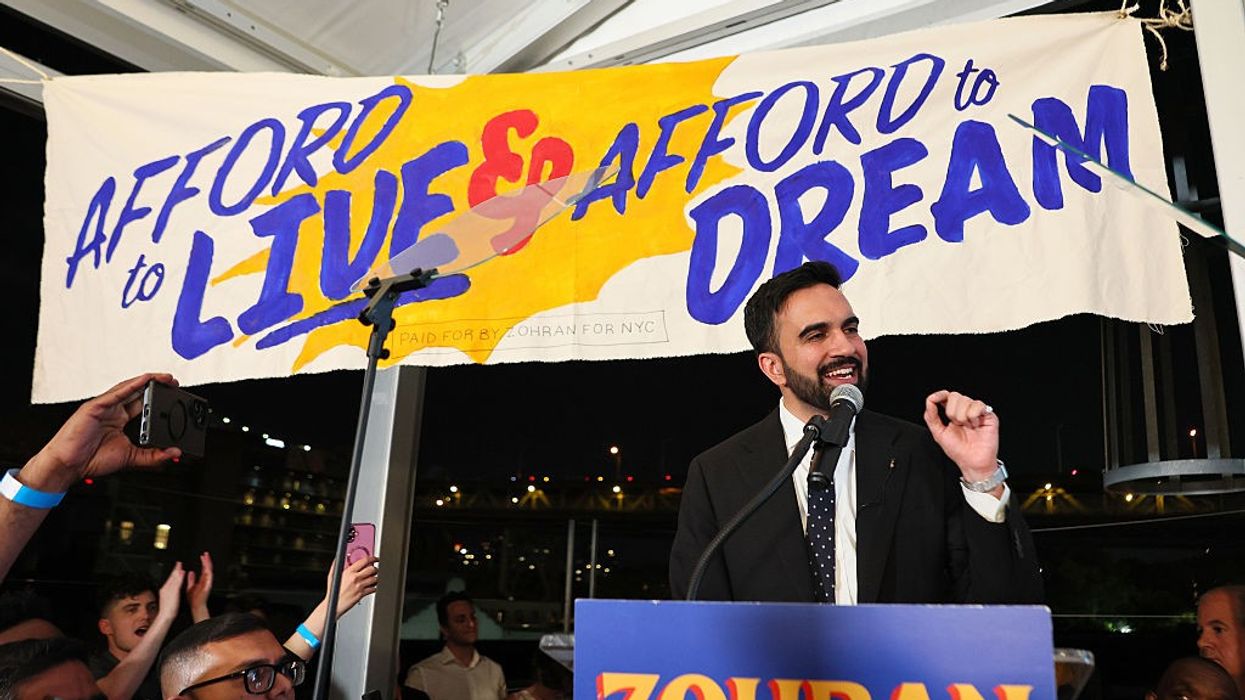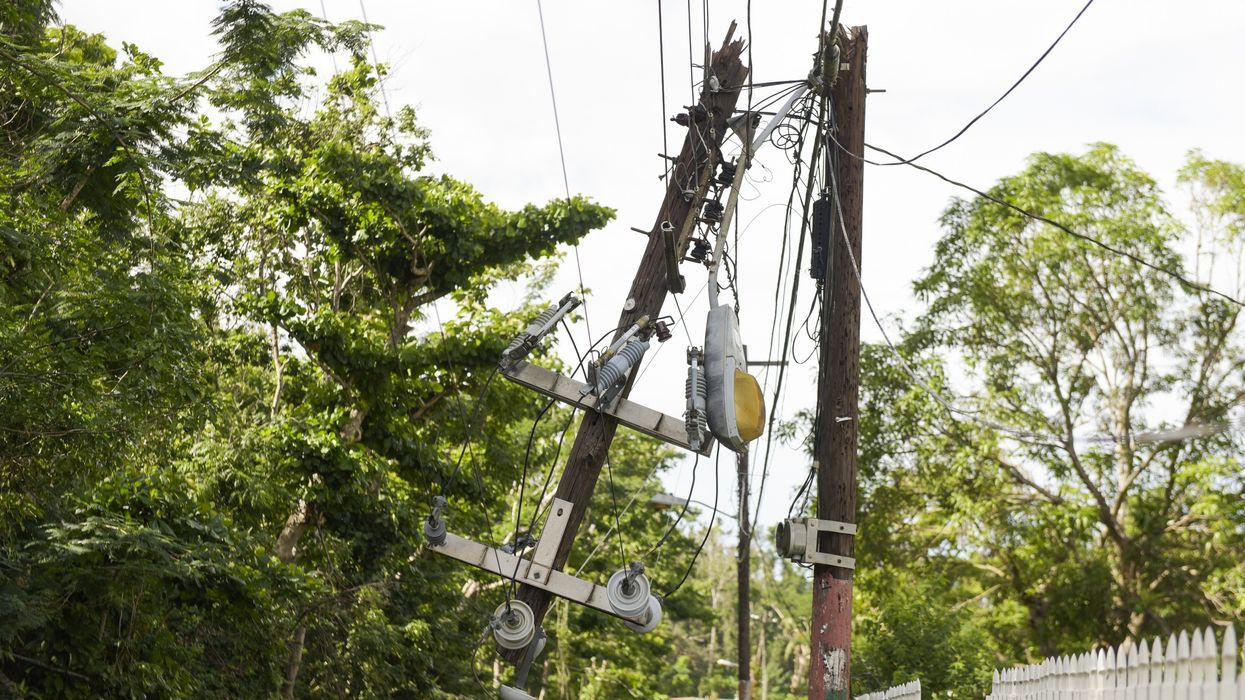More Americans Fall Behind on Utility Bills as AI Data Centers, Trump Attacks on Renewables Raise Costs
"It’s hard to see utility bills coming down in this decade," said one industry analyst.
Although the rising cost of groceries has gotten a lot of attention in recent weeks, US consumers are also increasingly under pressure from the rising cost of electricity.
A new report from researchers at The Century Foundation and financial abuse watchdog Protect Borrowers has found that the average overdue balance on utility bills has surged by 32% over the last three years, going from $597 in 2022 to $789 in 2025. What's more, the report estimates that roughly 1 out of every 20 US households has utility debt that is "so severe it was sent to collections or in arrears."
The increase in overdue utility bill debt has come at a time when electricity costs have been growing significantly faster than the overall rate of inflation, the organizations found.
"Comparing twelve-month moving averages from March 2022 to June 2025 (to adjust for seasonality), monthly energy costs... nationwide rose from $196 to $265—a 35% jump, or nearly three times overall inflation during that period," noted the report.
The organizations said that the reasons for these price increases are complicated, although factors include "poorly regulated monopolies overcharging customers to the tune of $5 billion a year," as well as the explosion in the construction of energy-devouring artificial intelligence data centers and the Trump administration's attacks on renewable energy projects that began under former President Joe Biden's administration.
AI data center construction has become a major controversy in communities across the US, and a CNBC analysis published late last week found that "in at least three states with high concentrations of data centers," electric bills have grown "much faster than the national average" over the last year.
Virginia, which has the highest concentration of AI data centers in the country, saw electricity prices surge by 13% over the last year, while data center-heavy states such as Illinois and Ohio saw electricity costs go up by 16% and 12%, respectively.
Rob Gramlich, president of power sector consulting firm Grid Strategies, told CNBC that the massive growth in data centers means that "it’s hard to see utility bills coming down in this decade."
The Century Foundation and Protect Borrowers conclude that their report paints "a grim picture" of "increasing energy prices, rising overdue balances, and squeezed household budgets that together are pushing families deeper and deeper into debt."


